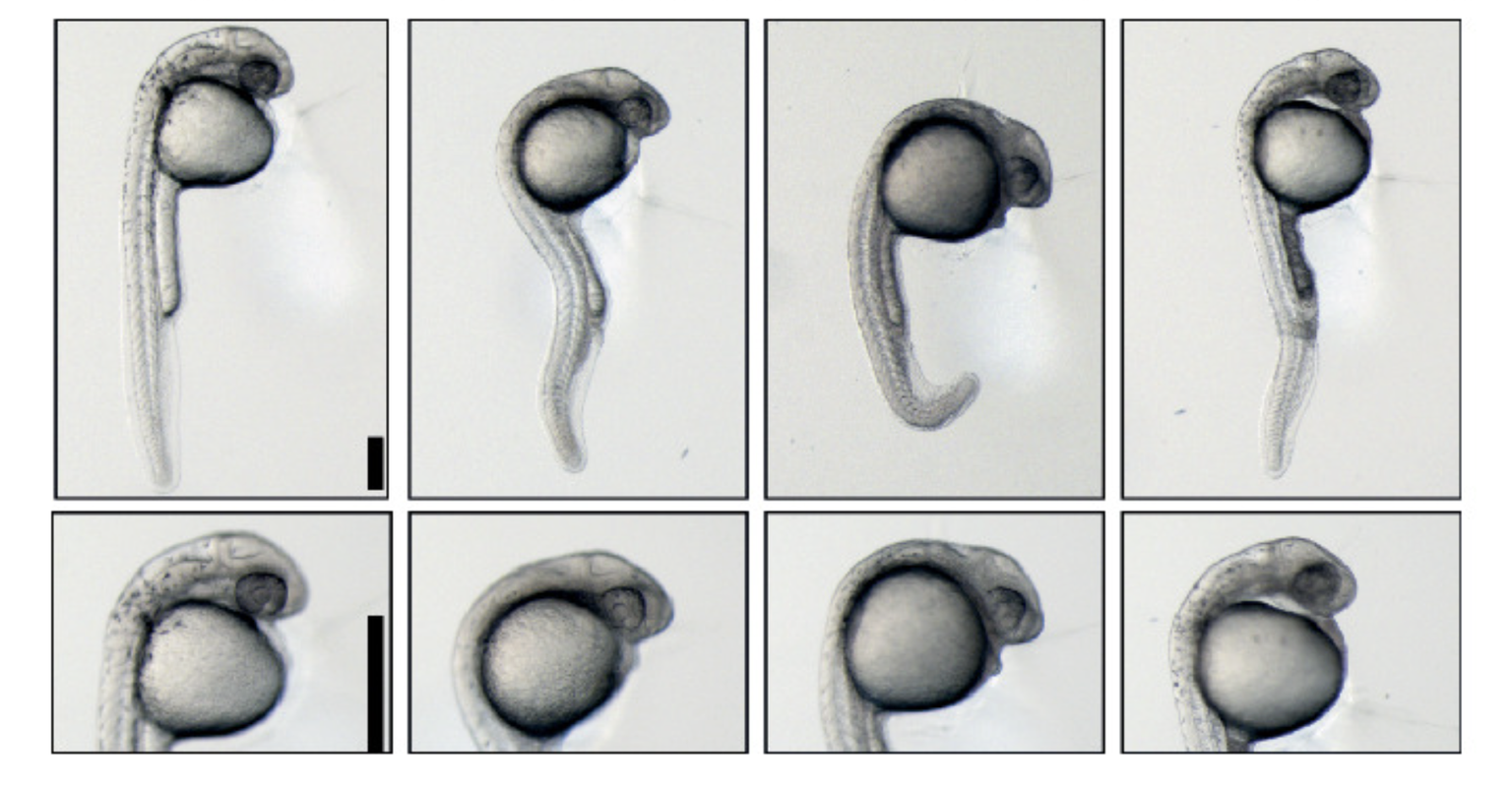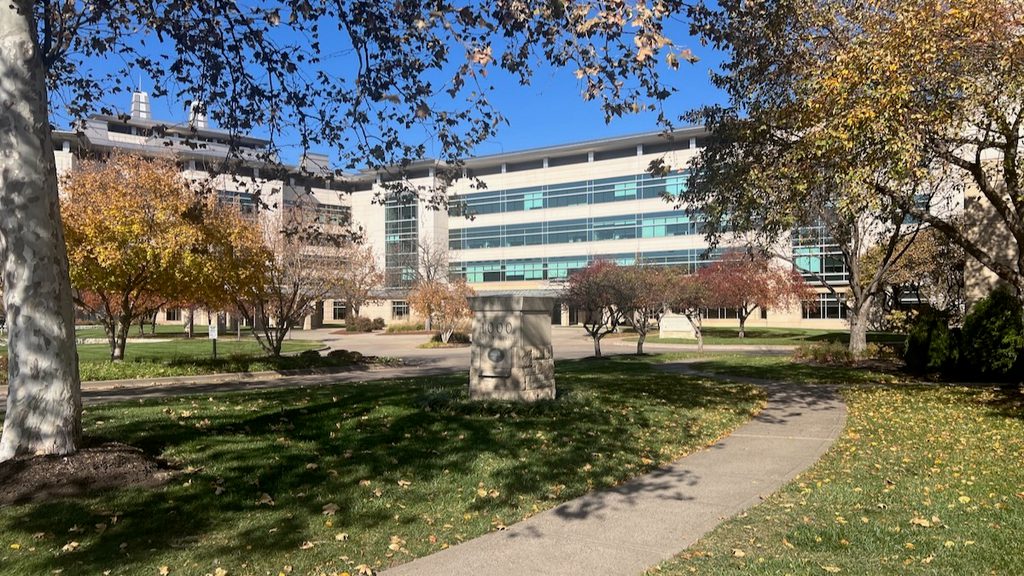#Stowers25: Celebrating 25 Years
24 November 2025
Stowers Institute celebrates 25 years of foundational research at Anniversary Symposium
25 Years of Discovery, Innovation, and Hope
Read Article
Philip E. Hockberger, PhD, had a lot to say about the Stowers Institute when he returned to Evanston, Illinois, after attending the Midwest Association of Core Directors (MWACD)'s sixth annual meeting in Kansas City.
"I've been telling everyone at Northwestern about the Stowers core facilities, which do their jobs exceptionally well," says Hockberger, executive director of research facilities at Northwestern University. A co-founder of MWACD, Hockberger was one of over 100 core facility leaders from about two dozen research institutions who attended the organization's annual meeting last October.
Organizations such as MWACD help bring together core facility leaders, managers, and staff from different institutions to discuss the latest research methods and instrumentation, share insight about operational matters, and establish networks and interest groups. A number of Stowers core facility members participate in these organizations through conferences, study groups, discussion forums, and collaborative projects.
Another attendee at the MWACD meeting was Paula B. Turpen, PhD, director of research resources at the University of Nebraska Medical Center in Omaha. "I was most impressed with the high level of education and training as well as the expertise of the leaders and staff of Stowers core facilities," she says.
In addition to tours of Stowers core facilities, the three-day meeting featured plenary talks and discussions on topics ranging from new technologies to facility management, says Karen Staehling, PhD, head of the Institute's molecular biology core and MWACD's president and co-founder.
"Because the meeting was held in Kansas City," Staehling explains, "our core facility staff had an opportunity to showcase the collaborative environment at the Institute. Faculty and core center staff work together in highly collaborative ways that may not be as readily achievable at other research universities and institutes." Stowers faculty regard members of the Institute's core facilities as their technology partners, Staehling explains.
Scott Hawley, PhD, a Stowers investigator who collaborates heavily with the core facilities and often includes core facility staff as co-authors of his lab's papers, spoke about his groundbreaking research on meiosis, which is a type of cell division, at the MWACD annual meeting. Hawley "showed convincingly how Stowers core facilities were instrumental in helping him discover new elements in the meiotic process," Hockberger says.
Because the core centers are funded by the Institute, core leaders and managers do not have to devote a lot of their time on cost recovery—billing faculty for services in order to obtain funds to cover core salaries and other expenses.
Andrew Box, laboratory manager of the Cytometry Facility, says, "Instead we can focus on finding the technology solutions that will generate the type and quality of data that Stowers scientists need."
In addition to providing routine services, core center members often modify existing equipment to accommodate specific research needs. "And, we occasionally have the opportunity to custom-design technologies," Box adds. One example involved custom-designing and using a 3-D printer to manufacture small parts and adapters that allow researchers to do cell sorting into nonstandard tubes and containers. The Stowers cytometry team has also custom-designed fluidics and sorting nozzle assemblies that can be autoclaved for use with sterile cell sorting work.
During her tour of the Stowers core centers, Chris Wright, PhD, assistant director of DNA services at the University of Illinois at Urbana-Champaign, noted the "many custom-built robotics used throughout the Institute to meet laboratory needs." She also noted that the core facilities are stocked with the latest equipment and experts who know how to use it. "I've had the opportunity to visit core centers throughout industry and university settings. Stowers core centers are anything but normal," Wright says.
#Stowers25: Celebrating 25 Years
24 November 2025
25 Years of Discovery, Innovation, and Hope
Read Article
News

18 November 2025
Stowers Associate Investigator Ariel Bazzini, Ph.D., discusses a collaboration that uncovered a new mechanism guiding the earliest steps of life.
Read Article
In The News

17 November 2025
From The Beacon, when the Institute opened its Kansas City headquarters in 2000, much of the scientific world was skeptical that biomedical research could succeed in the Midwest.
Read Article
